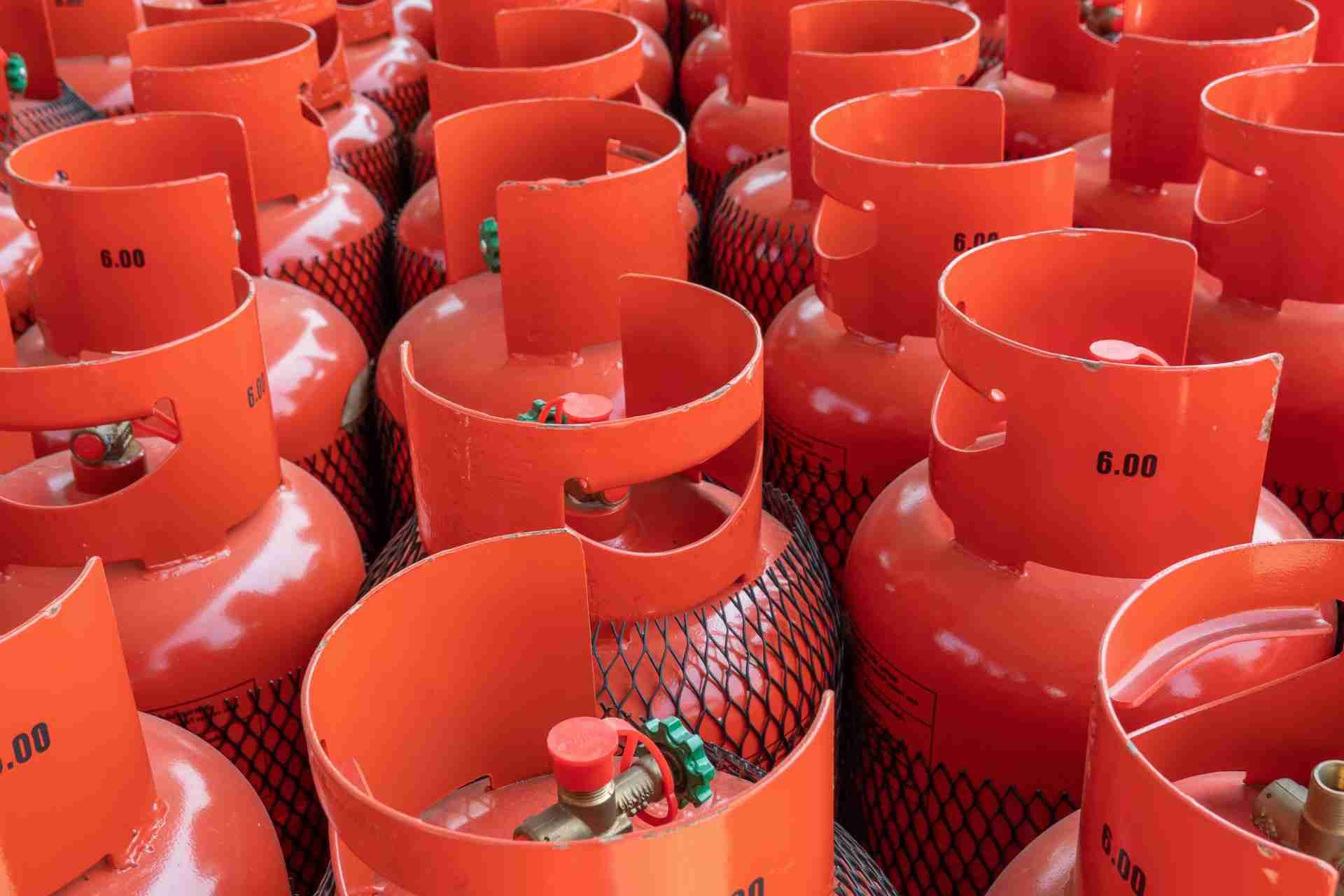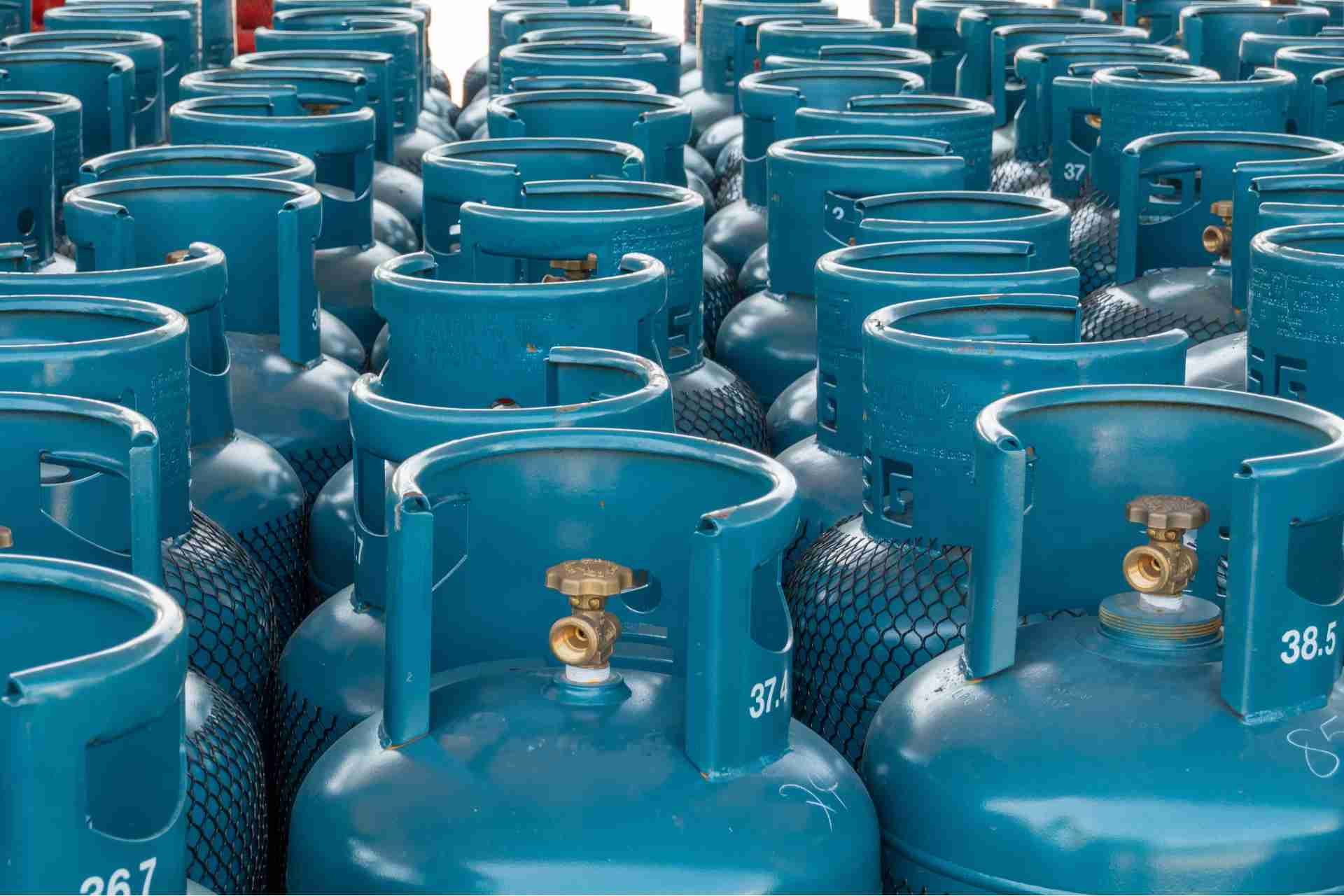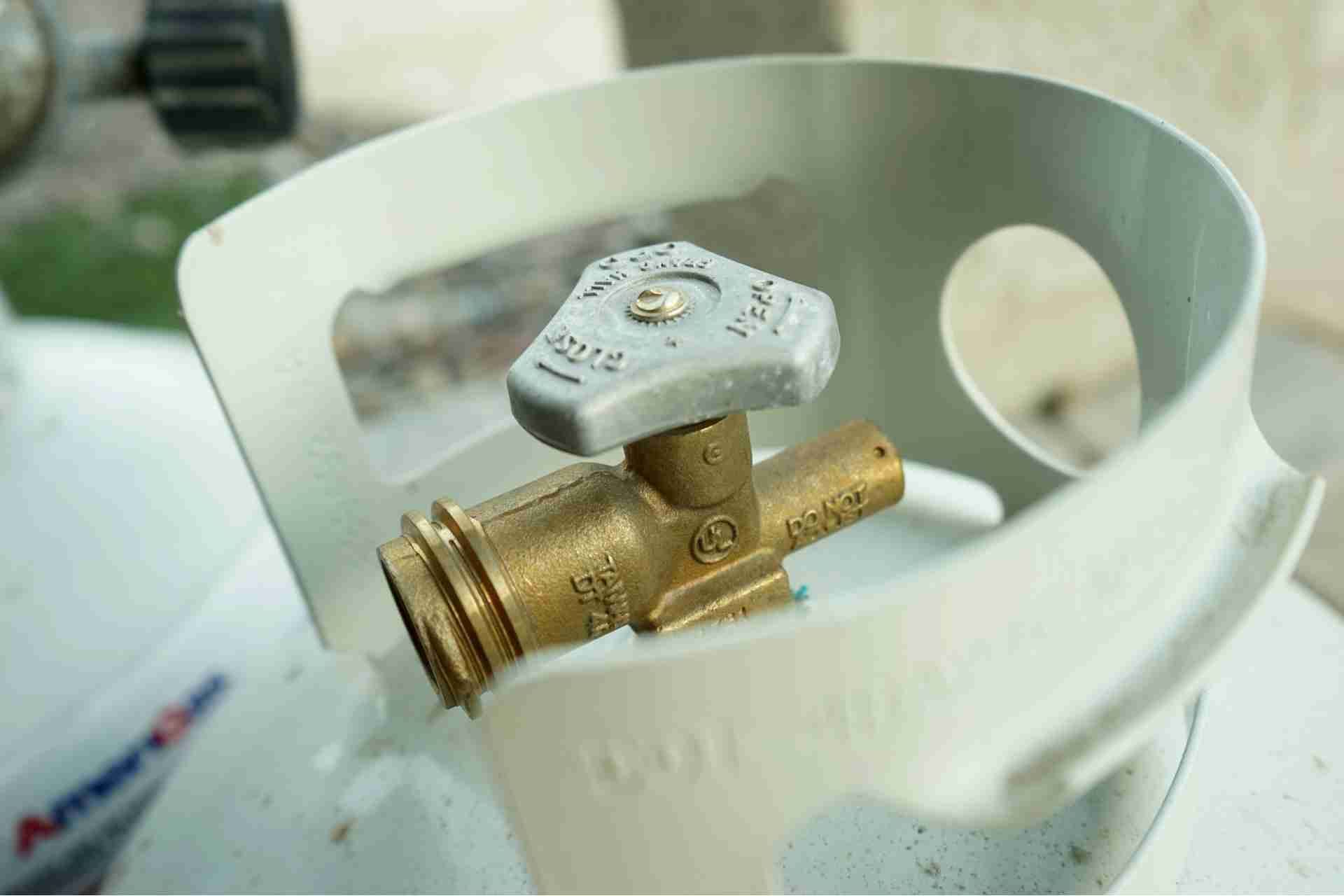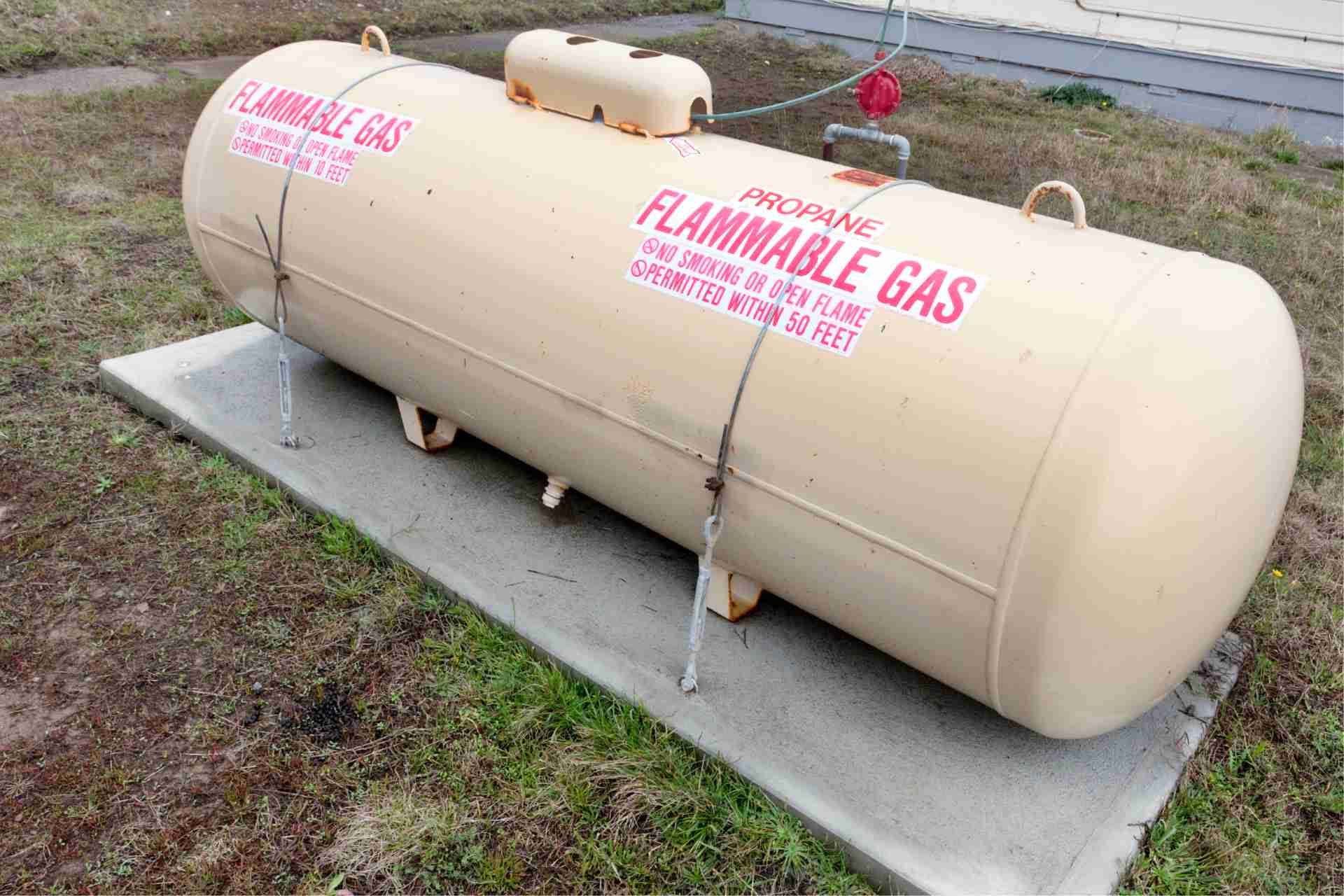Understanding Your Gas Bill: What You’re Really Paying For
When you receive your gas bill, do you ever wonder what all those charges really mean? Understanding the breakdown of costs is essential for managing your budget effectively. From fluctuating gas prices to fixed delivery fees, each component plays a role in your total. Knowing how these elements interact can help you make informed decisions. But what if there are ways to lower those costs without sacrificing comfort?
The Basics of Your Gas Bill
Understanding your gas bill can feel overwhelming at first, but breaking it down into its main components makes it much simpler. Your bill typically starts with basic information like your account number and billing period.
Next, you'll see the usage section, detailing the amount of gas consumed in therms. This is followed by the rate you're charged per therm, which can fluctuate based on market conditions.
Additionally, look for fixed charges, like service fees, that remain constant regardless of usage. Taxes and other assessments may also appear, adding to your total amount due.
Finally, keep an eye on any credits or adjustments that might affect your final bill. Understanding these elements will help you manage and anticipate your gas expenses better.
Understanding the Cost of Natural Gas
How does the cost of natural gas impact your monthly expenses? The price you pay for natural gas fluctuates based on various factors.
Market demand, seasonal changes, and supply disruptions all affect how much you'll see on your bill. When prices rise, you might notice higher costs in your heating, cooking, and hot water usage. Conversely, when prices drop, you could enjoy some savings.
It's crucial to track these fluctuations, as they can significantly influence your budget. Additionally, understanding how natural gas prices are determined can help you make informed decisions about energy conservation and usage.
Breakdown of Delivery Charges
Natural gas prices aren't the only factor influencing your gas bill; delivery charges also play a significant role. These charges cover the costs associated with delivering gas from pipelines to your home.
They include expenses for maintaining the infrastructure that transports gas, such as pipelines, meters, and storage facilities. You'll typically see two main types of delivery charges: fixed and variable. Fixed charges remain constant each month, while variable charges fluctuate based on your usage.
Understanding these components helps you see why your bill can change even if natural gas prices stay the same. By being aware of delivery charges, you can better manage your overall energy expenses and make informed decisions about your gas usage.
Transportation Fees Explained
Transportation fees are an essential part of your gas bill, often contributing significantly to the total cost. These fees cover the expenses incurred in moving natural gas from production sites to local distribution systems.
Essentially, they reflect the cost of the pipelines, storage facilities, and other infrastructure necessary to deliver gas to your home.
When you pay these fees, you're supporting the maintenance and operation of this vital network.
It's important to understand that transportation fees can vary based on distance, demand, and the specific utility company you're with.
Utility Company Charges
While you may focus on the cost of gas itself, utility company charges play a significant role in your overall bill. These charges cover the costs of maintaining the infrastructure that delivers gas to your home. They include expenses for pipeline maintenance, system upgrades, and customer service support.
You might also see charges for meter readings and billing services. Utility companies need to ensure they've the resources to provide safe and reliable service, and these costs are passed on to you.
Understanding these charges helps you see that your bill isn't just about the gas you use; it reflects the entire service you receive. By recognizing their importance, you can make informed decisions about your gas usage and costs.
Taxes and Regulatory Fees
When you review your gas bill, you might notice additional charges labeled as taxes and regulatory fees that can significantly impact your total cost.
These fees typically cover local, state, and federal taxes, which help fund essential services and infrastructure. You may also see regulatory fees that support the oversight of gas companies, ensuring safety and compliance with industry standards.
It's important to understand that these charges can vary based on your location and the specific regulations in place.
While they might seem like hidden costs, they play a crucial role in maintaining the system you rely on for gas service.
Keeping an eye on these fees can help you better understand your overall gas expenses.
The Role of Supply and Demand
Understanding the role of supply and demand in the gas market is essential for grasping how your bill fluctuates each month. When demand rises, such as during cold winters, prices tend to increase as suppliers struggle to keep up.
Conversely, if demand drops, perhaps due to milder weather, prices may fall. Factors like geopolitical events or natural disasters can also impact supply, causing unexpected price hikes.
You might notice these changes reflected on your bill, making it crucial to stay informed. By understanding these dynamics, you can better anticipate your gas costs and manage your budget accordingly.
Keep an eye on market trends; they can help you navigate fluctuations and avoid surprises in your monthly charges.
How Seasonal Changes Affect Your Bill
As temperatures shift throughout the year, your gas bill can experience significant changes. During the colder months, you tend to use more gas for heating, which can lead to a noticeable spike in your bill.
Conversely, as the weather warms up, your gas consumption typically decreases, resulting in lower charges. Seasonal fluctuations in demand can also affect gas prices, further influencing your bill.
Additionally, if you live in an area with extreme weather conditions, you might see even more dramatic changes. Understanding these seasonal patterns helps you anticipate your gas costs and plan accordingly.
Keep an eye on temperature forecasts and be mindful of your usage habits to better manage your expenses throughout the year.
Tips for Reducing Your Gas Bill
If you want to lower your gas bill, making a few simple changes can make a big difference.
Start by sealing any drafts in your home. Check windows and doors for gaps, and use weather stripping or caulk to keep the heat inside.
Next, consider lowering your thermostat by just a degree or two; you won't notice the change, but your bill will reflect the savings.
Also, be mindful of your hot water usage—fix leaks and consider installing low-flow fixtures.
Lastly, switch to energy-efficient appliances if you can; they use less gas and can lead to significant savings over time.
Monitoring Your Gas Usage for Savings
How can you keep tabs on your gas usage to save money?
Begin by checking your monthly statements for trends in consumption. Use a smart meter or energy monitoring app to track real-time usage. This can help you identify peak usage times and adjust your habits accordingly.
Consider setting a budget based on your average monthly bill to keep your spending in check. Additionally, perform regular maintenance on your appliances to ensure they're running efficiently, as inefficient appliances can inflate your gas bill.
Finally, engage in energy-saving practices, like turning down your thermostat when you're not home and using hot water sparingly.
Conclusion
In summary, grasping the ins and outs of your gas bill empowers you to take control of your energy expenses. By understanding how charges break down, the impact of supply and demand, and seasonal fluctuations, you can make informed decisions. Implementing tips to reduce your usage will not only save you money but also promote efficient energy consumption. Keep an eye on your bill and usage, and you'll be well on your way to smarter budgeting.










